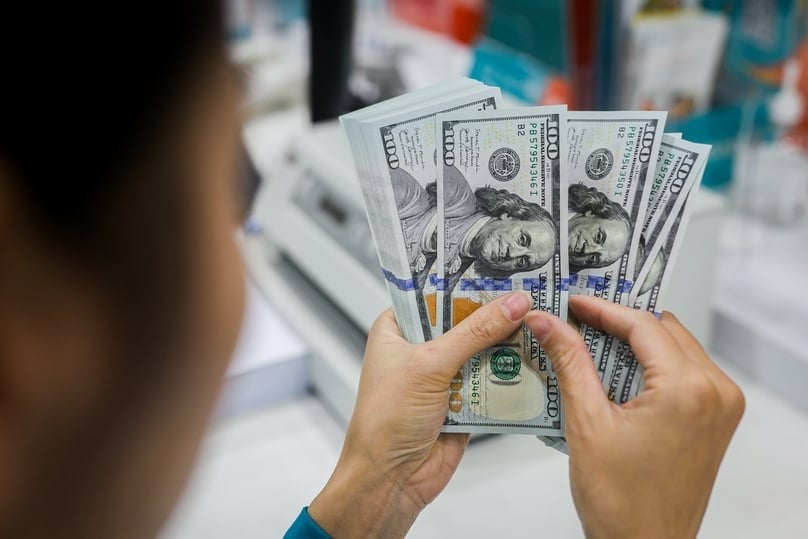Is the US withering the strong dollar policy?
The so-called ‘strong dollar’ policy is 30 years old. It has been adopted by successive US treasury secretaries but its meaning has changed over time. However, this policy no longer means a desire to see the US dollar rise.

This could undermine the US dollar going forward, as could the one big, beautiful bill to cut taxes that was signed into law last week. Republican’s claim that the tax cut is the biggest in history. That’s questionable. Arguably the biggest in modern times was the 1981 tax cut by former President Reagan. That tax cut initially saw the US dollar surge, right through to 1985 when the famous Plaza accord was struck to try to bring it down. Those efforts to lower the US dollar were very successful; too successful in fact because just a few years later policymakers were back to try to stem the dollar’s slide.
Indeed, this carried on right through to 1995 when the strong US dollar policy was created by former Treasury Secretary Robert Rubin. The new policy, aided by FX intervention managed to haul the US dollar back up and the greenback is around 20% above those levels today on a trade-weighted basis. What about today’s US tax cut, could that generate the same initial strength in the US dollar? Many analysts think it unlikely. The 1981 tax cut occurred off the back of a recession when government debt was very low (about a fourth of what it is today) and the Fed had rates as high as 20%.
Today the economy is still quite robust, debt is substantially higher and the Fed is cutting rates. That’s not the only difference. Thirty years ago, when the strong US dollar policy was created, the greenback had been falling for around a decade. The US dollar today has been rising for over a decade and is seemingly overvalued as opposed to being undervalued in 1995. Another notable difference, as current Treasury Secretary Bessent outlined last week, is that the strong US dollar policy no longer means an appreciation in the greenback. Instead, he said that ‘strong’ means that the US dollar is in demand, as a reserve currency, for instance. To be fair, the strong dollar policy changed – and some would say died – a long time ago.
Steven Barrow, Head of Standard Bank G10 Strategy said that Bessent and the many treasury secretaries that have come and gone since Bob Rubin have just paid lip service to the strong US dollar policy. They have not officially ditched it because they know that doing so could invite an unwelcome run on the greenback, but there’s been no real effort to lift the US dollar. Currency intervention since then has mostly been about helping other central banks, like the ECB in 2000, with their currency weakness. So it is clearly of little surprise that Bessent says that the strong US dollar policy is no longer couched in terms of wanting a higher value for the US dollar.
But the problem here is that it might be difficult to disentangle the issue of the US dollar’s international financial status, with its value against other currencies. The FX market certainly seems to associate a weaker US dollar with a decline in the US dollar’s status. Now that might be the wrong thing to do but, as long as the market sees it this way, Bessent, and other treasury secretaries in the future may have to get back to signalling that a strong US dollar policy does, indeed, mean wanting a higher US dollar in order to preserve its status. The one big, beautiful bill could prove a source of significant US dollar weakness.
“We noted earlier similarly large tax cuts in 1981 initially helped the US dollar, but this time things are very different. Piling more debt on top of an already high debt mountain while, at the same time pressurising the Fed to cut rates aggressively looks as if it could be a recipe for disaster for the US dollar. Indeed, we look not just for a modest cyclical decline here but a long multi-year structural fall. If that’s correct and, if it goes far enough the treasury secretary, whoever it is, may find that they have to take the dust covers off the original strong US dollar policy”, said Steven Barrow.








